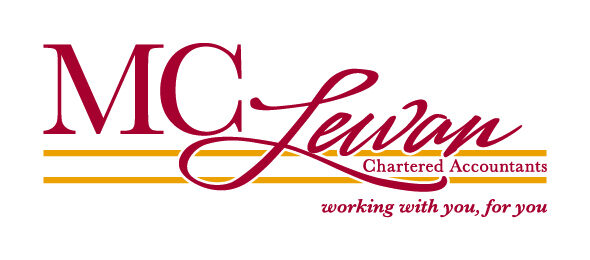
If you talked to the average person, superannuation wouldn’t be one of their preferred topics.
Superannuation has a startling low disengagement rate in Australia, across most generations, due to its complexity and long-term nature. For many people, if they can’t reap the immediate benefits then the practice becomes another tedious task.
Looking at the statistics, Generation Ys have continued the timeless narrative of knowing next to nothing about superannuation. 80 percent of people between 25 and 34, in a study conducted by the Centre for International Finance and Regulation, never considered making changes to their investment option. Of all those surveyed, only 6.5 percent had made a plan for retirement.
Despite these somewhat frightful statistics, this same generation is jumping into the deep end and choosing self-managed super funds (SMSFs) over more traditional options.
What are SMSFs?
As explained by the Australian Taxation Office (ATO), SMFS have the same intent as your average super account. They are a mechanism for working individuals to save for their retirement, but their main difference is that the members are also usually the trustees.
Having the members as the trustees means they are completely responsible for the management of the fund and keeping in accordance with tax laws.

Tell me what’s needed.
Upon establishment, all the members and trustees must be identified, create and sign the trust deed, set-up the bank account, registration with the ATO, an investment strategy, and when the SMSF will end.
However, the establishment isn’t where the work ends. It is an ongoing and annual process.
“Once set-up there’s more to consider, including rolling over of existing super, organising employer contributions, accepting contributions within limits, making investment without breaking rules, regularly reviewing investment strategy and documenting and maintaining records for up to ten years,” the ATO explains.
“Each year, you need to value assets, prepare accounts and financial statements, appoint a registered super fund auditor, lodge the annual return, pay the SMSF levy, and any tax that’s due.
“When you start making payments you need to decide if any assets need to be sold, ensure minimum payments are met each year, and you may also need to appoint an actuary, withhold tax and give payment summaries to members, as well as the ATO.
“Finally, when the fund is finished you need get a final audit, lodge your final return, plus you’ll also need to pay any outstand tax and pay out or rollover all of the assets.”
Are there any benefits?
Macquarie explains that you can have greater flexibility with the investment choices you can make. Whether it is bonds, warrants, or managed funds, an SMSF enables members to invest in some of those more common investments.
While these normal options are available, individuals can also try more diverse opportunities, including artwork, jewellery, and antiques.
In addition to this, a handful of tax advantages can be reaped, including the following:
o Employer contributions taxed at concessional rates
o Tax deductions available for contributions for employees of certain eligibility
o Lower tax on investment earnings
o Tax rebates for certain contributions

What about disadvantages?
While the diversification of the investment sounds favourable, it is critical to remember that strict regulation governs this field. All investments should be considered with the advice of a relevant specialist, without risking the lawfulness of the fund.
Many people see that having an SMSF will drastically reduce the cost of an ordinary account, however, costs are still accumulated in the investing, accounting and auditing.
Insurance that is discounted or included via superannuation is not available through an SMSF, so it has to be purchased separately. This means another cost added to those incurred with the establishment and ongoing cost of running an SMSF.
However, what is consistently pointed out is the expert knowledge needed to successfully and lawfully run an SMSF. There is a multitude of legal responsibilities that must be held up, and one needs to have the time and resources to do it.
Why is Gen Y interested?
According to ATO’s December 2014 report, it showed a growing number of young people who are choosing SMSFs. Most members are still aged over 45, but for the first time in 2013, 49% of members were under the age of 55, which compared to 68% in 2013.
It is mostly speculation why Gen Y have embraced the prospect, with such little financial and superannuation literacy.
Some reason that Gen Y perhaps overestimates their skills with their expectation that the internet will solve their problems and the desire to have “control” over their money.
Ray Jaramis, from Treysta Wealth Management, advises young people precisely on this issue and provides another thoughtful contribution.
“We have many clients who allow their children to become members of their SMSF so the children have the benefit of economies of scale as the costs are paid mostly by the members with the higher balances – that is, mum and dad,” he told the Australian Financial Review.
Whatever the reason that Gen Ys are seeking this innovative form of super, it is critical that a professional is engaged in consulting in the decision. If they decide to proceed with an SMSF, a registered SMSF auditor must be employed.
At MC Chartered Accounts we employ an experienced SMSF auditor, who will help individuals carry out their annual and financial compliance audits.
Get in touch with us today to find out more about SMSFs and how we can help you!
